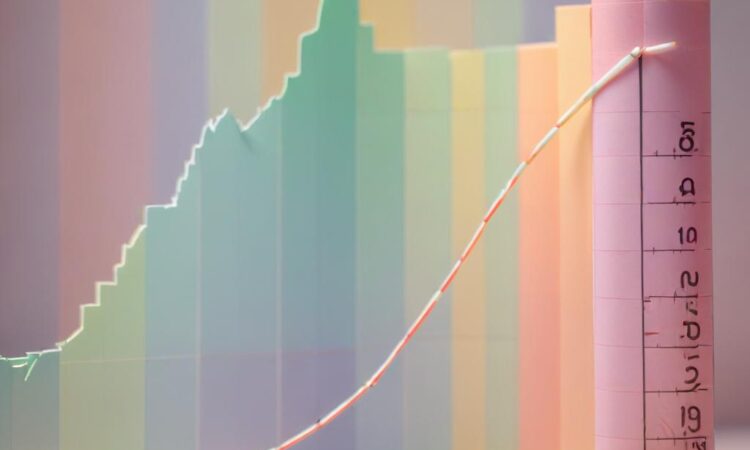US Recession Fears and Interest Rate Hikes: A Looming Economic Storm?
The US economy is facing a confluence of challenges, with growing concerns about a potential recession fueled by surging inflation and aggressive interest rate hikes by the Federal Reserve. The combination of these factors is creating a volatile environment for businesses and consumers alike, raising questions about the future trajectory of the US economy.
Rising Inflation and Its Impact
Inflation has been a major concern for the US economy, reaching its highest level in decades. The consumer price index (CPI), a key measure of inflation, surged to a 40-year high in 2022, driven by factors such as supply chain disruptions, strong consumer demand, and the war in Ukraine. This surge in inflation has eroded purchasing power for consumers, squeezed corporate margins, and fueled economic uncertainty.
The Federal Reserve has been attempting to combat inflation by raising interest rates. The Fed’s target interest rate has been steadily increased since early 2022, with the goal of cooling down the economy and bringing inflation back under control. However, these aggressive rate hikes have come with their own set of risks, potentially slowing down economic growth and increasing the risk of a recession.
The Impact on Financial Markets
The rising interest rates and concerns about a potential recession have had a significant impact on financial markets. Stock markets have experienced volatility, with investors becoming increasingly cautious about the economic outlook. Bond yields have risen, reflecting investor concerns about inflation and potential economic slowdown. The US dollar has strengthened against other major currencies, as investors seek safe haven assets during times of uncertainty.
Economic Outlook and Uncertainties
The economic outlook for the US remains uncertain. While some economists believe that the Fed’s rate hikes will successfully bring inflation under control, others are concerned about the potential for a recession. The impact of the war in Ukraine, ongoing supply chain disruptions, and geopolitical tensions add further complexity to the economic landscape.
The Federal Reserve faces a delicate balancing act. It needs to control inflation without causing a recession. The effectiveness of the Fed’s policy response will depend on a range of factors, including the resilience of the labor market, consumer spending patterns, and the trajectory of inflation. Any missteps by the Fed could have significant consequences for the US economy.
Key Economic Indicators to Watch
To gauge the health of the US economy, it’s crucial to monitor key economic indicators. These include:
- Gross Domestic Product (GDP): Measures the total value of goods and services produced in the US. A decline in GDP for two consecutive quarters is generally considered a recession.
- Consumer Price Index (CPI): Measures the change in prices paid by urban consumers for a basket of consumer goods and services.
- Unemployment Rate: Measures the percentage of the labor force that is unemployed.
- Inflation Expectations: Surveys of economists and consumers to gauge their expectations for future inflation.
- Interest Rate Decisions: Announcements by the Federal Reserve on interest rate hikes or cuts.
Possible Scenarios and Implications
Several potential scenarios could play out in the coming months and years. These scenarios include:
Scenario 1: Soft Landing
The Federal Reserve successfully manages to control inflation without triggering a recession. This scenario would involve gradual economic growth, a moderate decline in inflation, and a gradual normalization of interest rates. This outcome would be positive for the US economy, financial markets, and consumers.
Scenario 2: Recession
The Federal Reserve’s aggressive rate hikes trigger a recession, characterized by a decline in GDP, rising unemployment, and further economic weakness. This scenario would have a significant negative impact on the US economy, leading to job losses, business closures, and a decline in consumer confidence.
Scenario 3: Stagflation
The US economy experiences both high inflation and slow economic growth, known as stagflation. This scenario would be particularly challenging, as it would make it difficult for the Fed to address both inflation and weak economic growth.
Conclusion
The US economy is at a crossroads, facing a complex mix of economic challenges. The path ahead is uncertain, and the outcome will depend on a range of factors. The Federal Reserve’s actions, inflation trajectory, and global economic conditions will all play a role in shaping the US economy in the coming months and years. It’s essential to stay informed about key economic indicators and the potential economic scenarios to navigate the challenges and opportunities that lie ahead.

